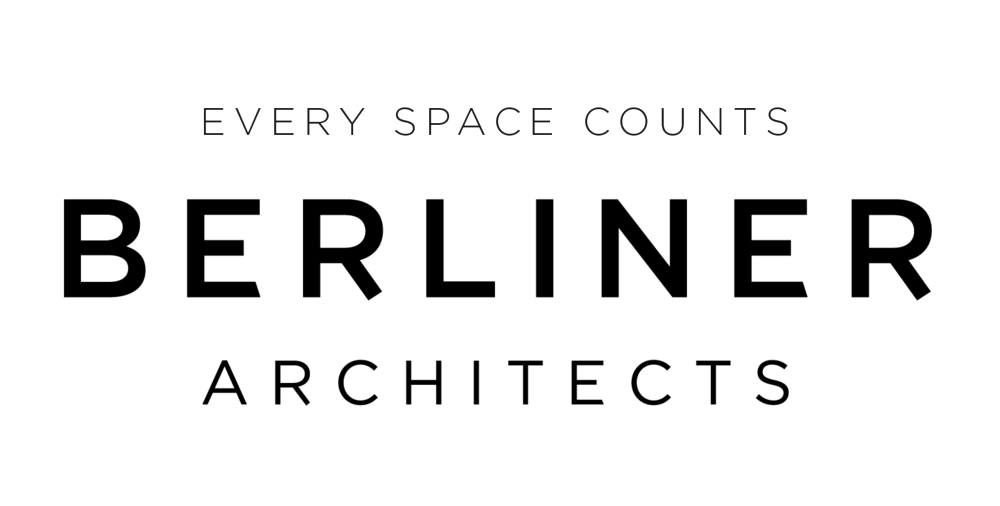Advanced Technology Education Park Design Guidelines
Client: South Orange County Community College District
Scope: Design Guidelines
Size: 62 Acres
Completion: 2018
Project Manager: Richard Berliner, AIA, NCARB, LEED AP, ALEP
The Advanced Technology Education Park (ATEP) is an educational component of the Tustin Legacy Project, a large scale development with a mix of retail, commercial/business, residential and recreational uses located in Tustin, CA on the old Marine Corps Air Station site. ATEP is part of the South Orange County Community College District that includes Saddleback and Irvine Valley College. With nearby amenities such as the Tustin Metrolink Station and mixed-use retail and entertainment venues, ATEP has the opportunity to become an innovative education park that changes the way students interact with their environment and prospective private business that will reside within the site. ATEP is seen as a node that involves a new method of innovation, where public and private ventures are juxtaposed to create a porous environment of thought and creation.
Working with Landscape Architects RELM, Berliner developed the design guidelines for all new construction on the campus. The guidelines incorporate multiple design principals, which include enhancing the existing site structure, incorporating authentic landscape response, creating a unified community for business and education and sustainable requirements with a focus on user engagement and flexible spaces.
One of the challenges presented while establishing the design guidelines was how to create a porous site where the main circulation is not tied to one single walkway path, but to provide multiple vines that guide the user to different experiences within the site. We integrated different circulation paths to increase interaction on the campus between the start up businesses and the college students, this increased interaction will give students a modern day education, where they can directly interact with businesses providing a modern career-technical education.
These diagrams look at the difference faces, the orange being boulevard faces aimed at creating an active street, where the ground level is occupied by public as well as student oriented services. The Green diagrams above represent the Greenway faces along the park that will become a seamless transition from the outdoor to the indoor through the use of materiality. And the blue highlighed campus below represents the primary entry for each building, which are designed to be at desginated ends of the building footprints. This will create a hierarchy of circulation around the pedestrian paseos of the campus.








